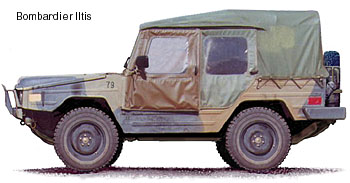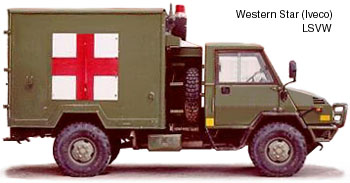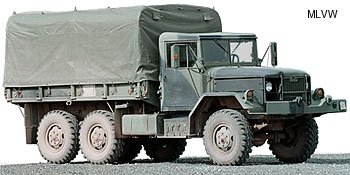| Carl Gustav Data and Specifications
Role: Carl Gustav SHRAAW(H) M2
Description:
Short-Range Anti-Armour Weapon, The Carl Gustav fires an 84mm
rocket-propelled shell with a muzzle velocity of 290m per second. The
standard rocket has a HEAT (High Exposive Anti-Tank)
warhead but a dual- purpose high explosive round (HEDP)** is
available for use against bunkers.
|
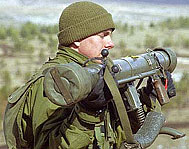 Images
and Data from CASR
Canadian American Strategic Review Images
and Data from CASR
Canadian American Strategic Review
|
| M72
Data and Specifications
Role: M72 SHRAAW(L) ‘LAW’
Role: Short-Range Anti-Armour Weapon,
The US-designed 66mm M72 is a disposable, one-shot anti-armour rocket
launcher. Less than 2.5kg in weight and under 1m in length, the M72
is a handy weapon for infantry use. Since its inception 30 years ago,
improvements in armour have lessened the M72's effective in its original
role. But the M72 is also useful against bunkers or, during street
fighting, to punch through walls. The M72 rocket projectile weighs 1 kg
and will penetrate 300mm of steel plate but not modern armour types. |
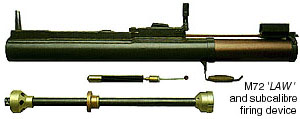 Images
and Data from CASR
Canadian American Strategic Review Images
and Data from CASR
Canadian American Strategic Review
|
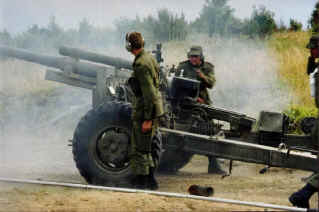
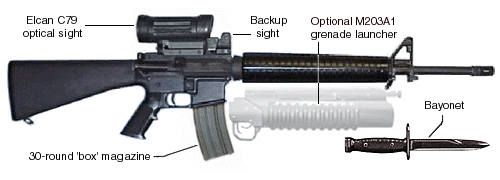
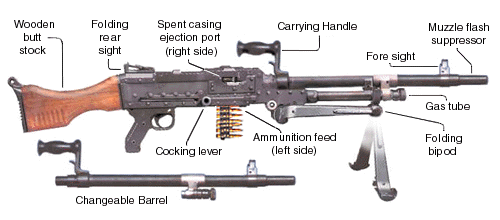

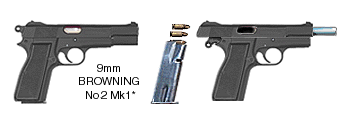

 Images
and Data from
Images
and Data from 